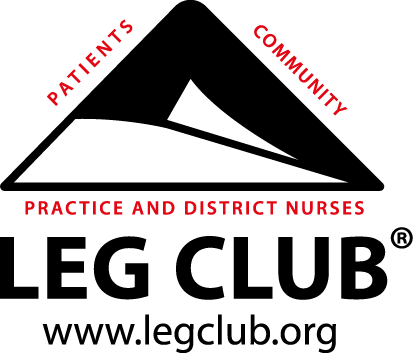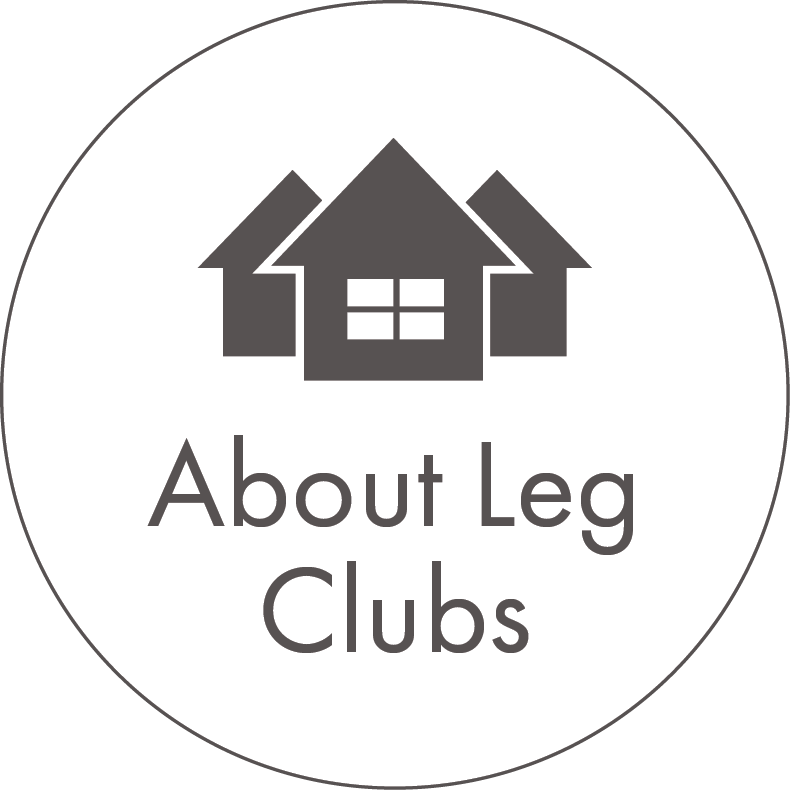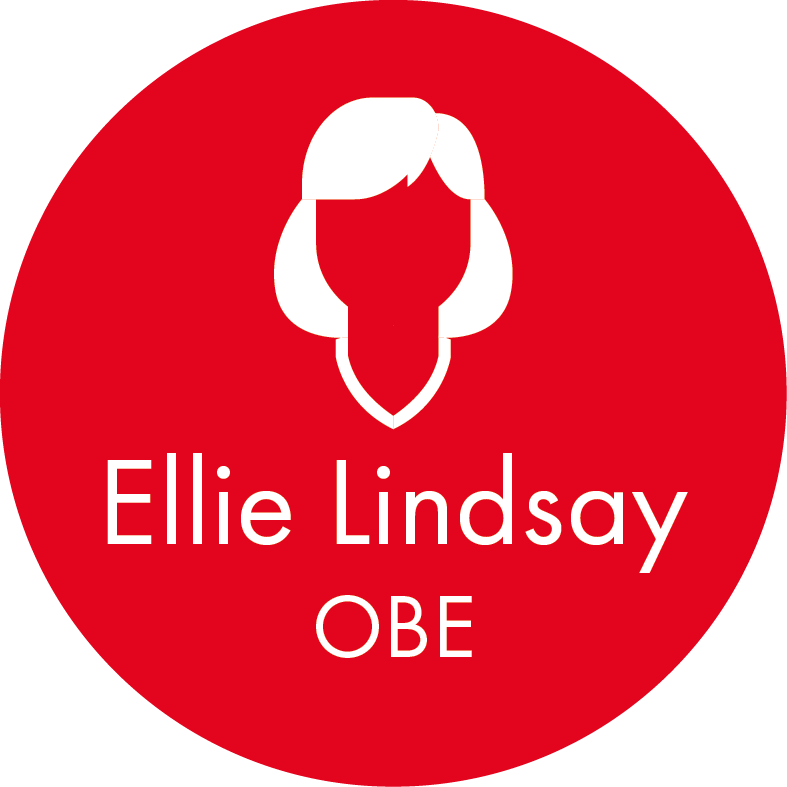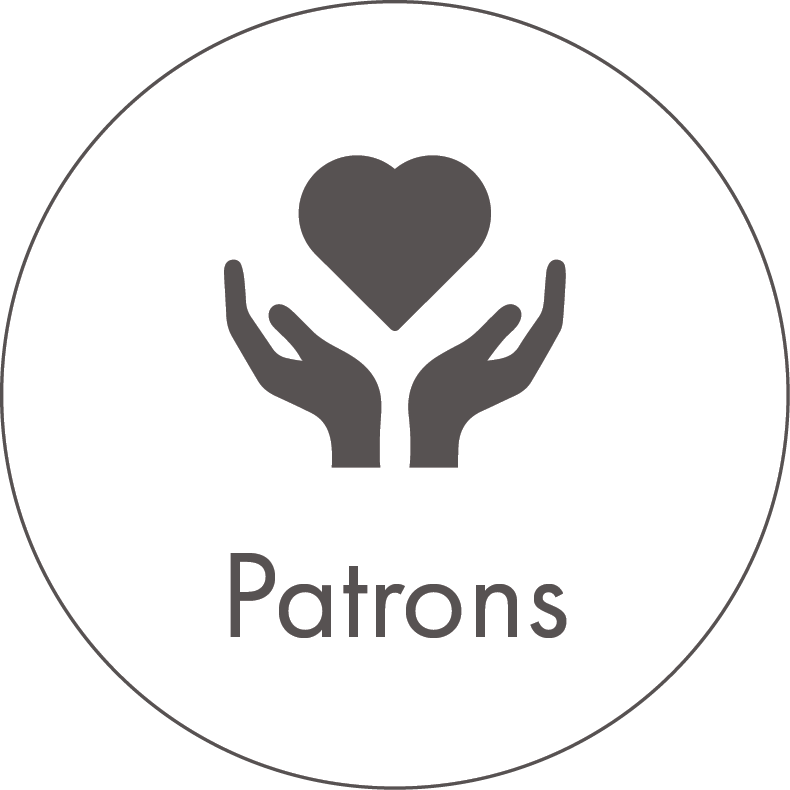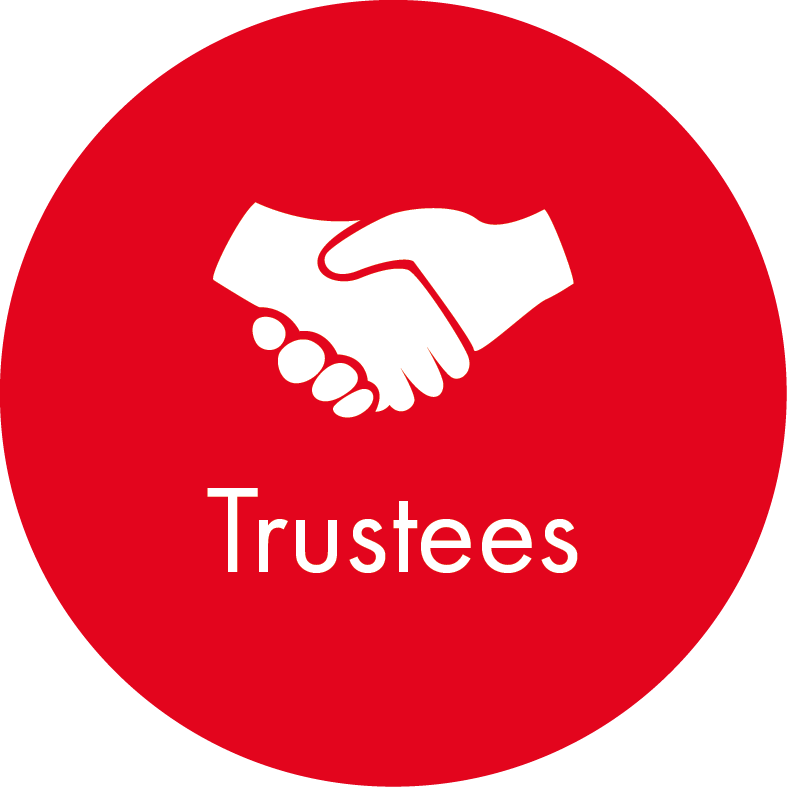In 1993, Ellie Lindsay, a district nurse in Suffolk,
became aware of evidence that social factors and isolation could significantly affect individuals experiencing problems of the lower limb and their response to treatment. This led Ellie to introduce the concept of community-based leg ulcer care which has grown into a network of evidence-based clinics that have subsequently won a number of awards. These clinics are known as Leg Clubs.
The psychosocial Leg Club Model was conceived as a unique partnership between the nursing team and the local community, in which individuals are empowered, through a sense of ownership, to become stakeholders in their own treatment. Leg Clubs aim to provide lower limb management in a social environment, where members (patients) are treated collectively and the emphasis is on social interaction, participation, empathy and peer support where positive health beliefs are promoted. The Model impacts positively on healing and recurrence rates and helps isolated older people reintegrate into their communities.
The first Leg Club was established in 1995 in the village of Debenham, Suffolk. Clinics were held weekly in a community cottage, on an informal 'drop-in' basis, where member contacts quickly grew to 1,200 per annum. There are now Leg Clubs in the UK, Europe and Australia with further in the embryonic stages.
The Leg Club nursing teams are employed by NHS local provider services, CCGs and GP consortia and the nurses incorporate the Leg Clubs into their everyday practice. No appointment is required and the Leg Club opening hours should be available from the local
surgery, community nurses’
office, and adverts in local parish magazines and village shops, or from the local Leg Club’s website.
Leg Clubs are not 'owned' by the health care provider but by the local community. The introduction of the Leg Club Model coincides with a time when one of the core themes of the Government's health care policy is the encouragement of patient empowerment. As well as dramatically improving individuals quality of life, the Leg Club Model has proved to be extremely cost-effective by saving direct and indirect travel costs, reducing need for the duplication of equipment, simplifying planning and administration and eliminating wasted home visits.
